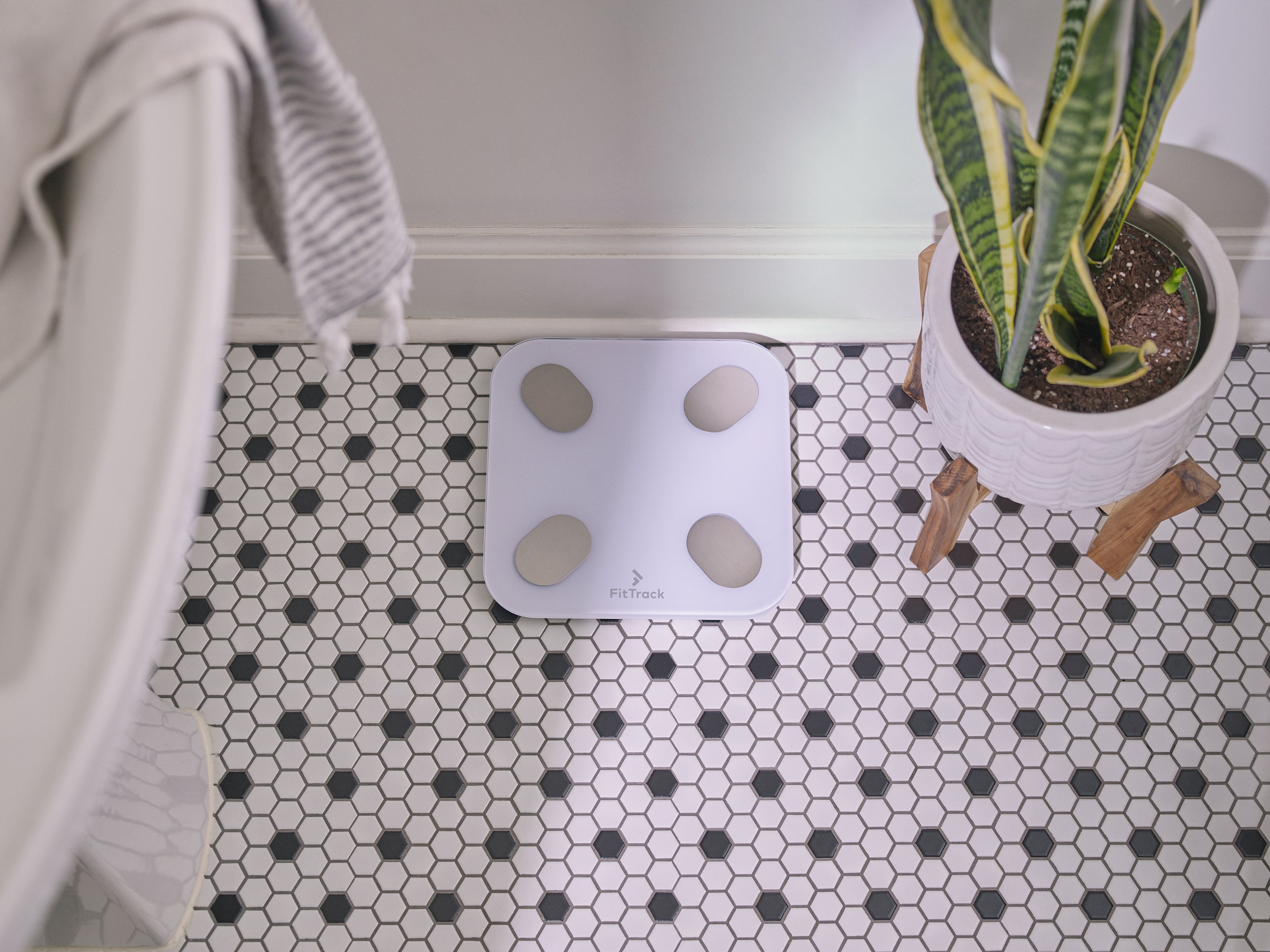How to lose the weight you can't see
With over 800,000 happy customers, people across the world are using the FitTrack Dara to better understand their bodies, take control, and live healthier and happier lives. Thanks to the 17 different health indicators that the free FitTrack Health app helps users monitor, our customers get to focus on specific metrics that matter most to them.
If you're most interested in trying to lose weight, the healthiest way to go about it is to reduce the amount of fatty tissue inside your body. But not all fat is created equal.
The human body stores two primary kinds of fat. Subcutaneous fat and visceral fat. Both affect your health but in different ways.
Subcutaneous Fat: This is the fat that's found just under the skin, and it's the most visible kind of fat on the human body. When we look in the mirror, subcutaneous fat is the soft tissue we can see and touch. This kind of fat is harmless and might even help protect our bodies, though it's often aesthetically undesirable.
Visceral Fat: This is the fat that's stored mostly in the body's abdominal cavity, and significantly affects the numerous organs found there. Visceral fat, especially in higher volumes, has been linked to numerous illnesses and diseases.
HOW TO LOSE SUBCUTANEOUS FAT?
Most people looking to change their appearance are concerned with subcutaneous fat. The good news is, like visceral fat, it can be reduced. Though it isn't always easy to do. To lose subcutaneous fat, it's important to first make sure you're consuming a caloric deficit.
Eating fewer calories than you burn in a day will cause your body to begin burning fat reserves for energy. Eating more protein is one way to feel fuller longer and help prevent yourself from overeating. Read more about protein here.
Specific exercises, like high-intensity interval training (HIIT) and cardio-centric exercises like running, are effective ways to target subcutaneous fat. 
HOW TO LOSE VISCERAL FAT
More important to your overall health than subcutaneous fat, it's important to reduce visceral fat and keep it within a healthy range. High levels of visceral fat have been linked to type 2 diabetes, heart disease, and even some cancers. Though this fat is more difficult to see, you should absolutely use your FitTrack Dara to keep an eye on it.
Again, consuming a caloric deficit is a good place to start if you want to reduce visceral fat. But there's, even more, you can do. Specifically, you can reduce or eliminate carbohydrates from your diet to prompt your body to start burning visceral fat for energy. If you're going to keep carbs in your diet, try to look for foods that are also sources of soluble fiber. These foods, like sweet potatoes, promote positive gut health and can help reduce visceral fat.
You can also attack visceral fat by reducing stressors in your life. Stress and anxiety both produce hormones that can prompt your body to begin storing more visceral fat. Meditation and yoga are effective ways to reduce stress. So is going for a long walk every evening.
Another stress-buster? Lifting free weights like kettlebells, dumbbells, and barbells. Working with weights will help build muscle, strengthen your core, and improve your balance. It will also help strengthen your motivation as you progress and both feel and see yourself growing stronger.
Whether you're trying to lose subcutaneous fat or visceral fat, it's easy to grow discouraged overtime. That's why we made sure the FitTrack Dara helps you monitor both of these important health indicators so that you can see the ways that your diet and exercise routines are affecting them.
That said, don't get discouraged if your visceral fat seems more stubborn. It's the more difficult type of fat to lose. But even small, incremental changes are steps in the right direction. And you can use your weekly and monthly reports to make sure you're progressing overall.
Ready to start monitoring these important health metrics so that you can healthily lose weight? Get started with the FitTrack Dara today!







